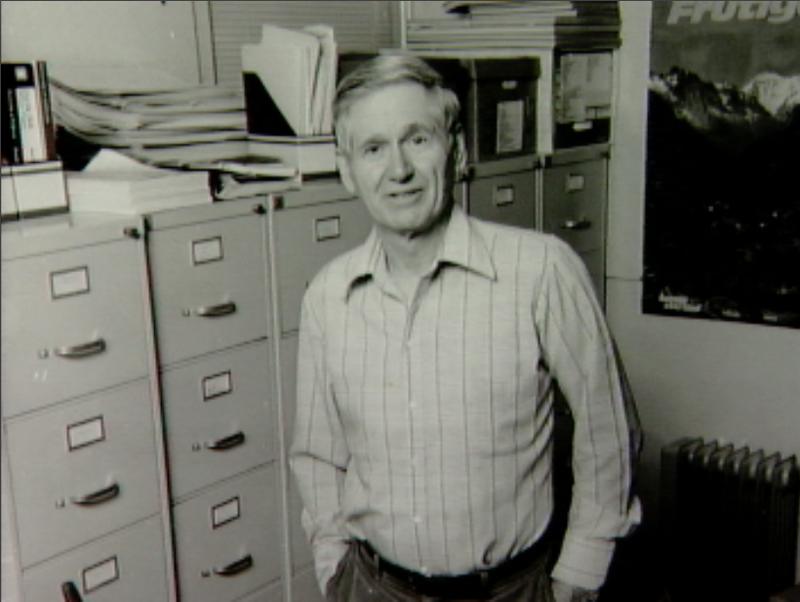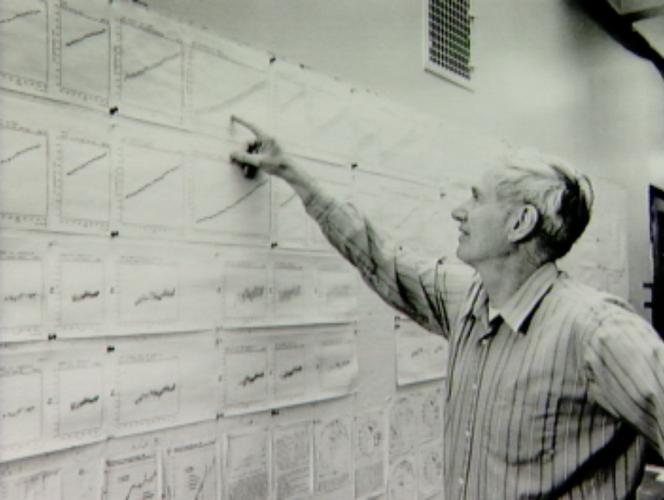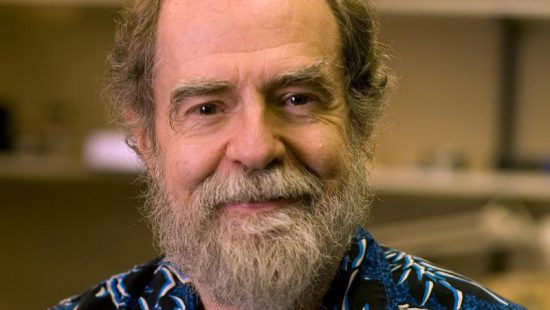Although today it is common knowledge that carbon dioxide is a main contributor to global warming, this wasn’t always the case. For this critical knowledge we can thank Charles D. Keeling, a scientist affiliated with the Scripps Institution of Oceanography at UC San Diego. Keeling’s first major contribution was his development of the first tool to measure carbon dioxide in atmospheric samples, which he created while a postdoctoral fellow at Caltech. However, Keeling’s completed his most notable work at the Scripps Institute, where he worked for more than 40 years. Keeling began collecting carbon dioxide samples in 1958, and by 1961, Keeling presented data showing that levels of carbon dioxide were rising steadily, what came to be known as the “Keeling Curve.”
Before Keeling’s research, scientists believed that the oceans would absorb any excess carbon dioxide caused by the burning of fossil fuels. Keeling’s groundbreaking research proved that this was not the case, and that not only was excess CO2 not absorbed by the oceans, but also that increases in the concentration of carbon dioxide was directly correlated to increases in fossil fuel emissions. Keeling’s work helped reveal the existence of the “greenhouse effect” and global warming.
By Sara Grossman









